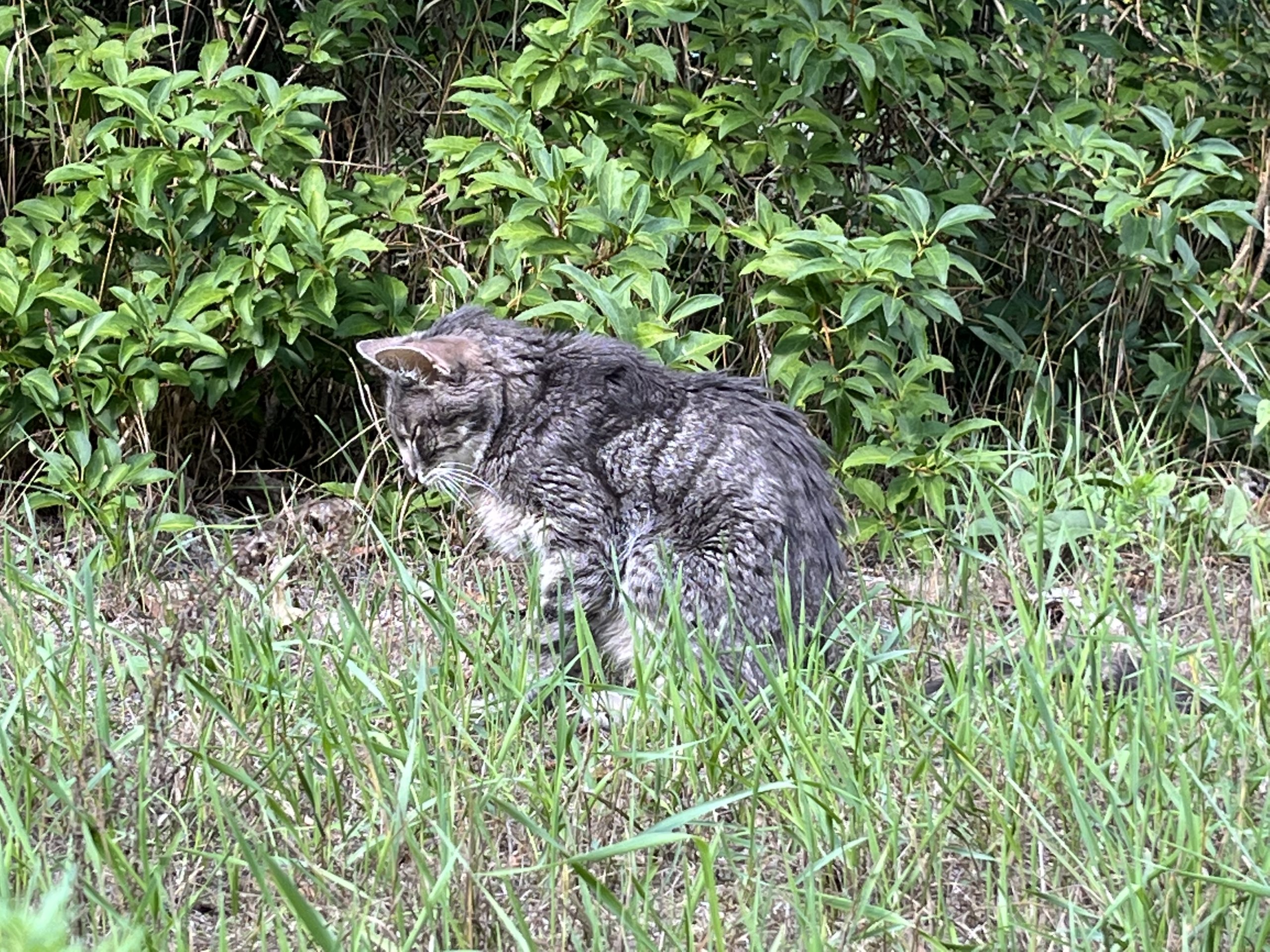When my long time friend and cat partner Mr T got a diagnosis of colon cancer in January this year, he embarked on a long journey towards the end of his life. I accompanied him with the help from a naturopath and animal communicator. Mr T died naturally at age 16.
I had watched his breathing closely, especially during the last months to assess whether he was in pain and needed medication or how he was doing in general. In his last days, while his body was getting colder and stiffer, his breathing remained calm and regular. While he looked as if he were already dead, his breathing seemed like a miracle, a secret of life.
Every now and then I went into the guest room, the room he’d chosen to do his dying in, to check on him. He was just lying there, not moving except for his breath. The last time I checked, his breathing had stopped.
I let his body lie there until the next day because I’d read that it’s important to leave the body of a dead being in peace for at least 12 hours. I had a sense that in Mr T’s case, he didn’t actually need this because his soul had had ample time to leave his body and once his breathing had stopped, his spirit had left the world completely.
The next morning, as I woke up to my first day without Mr T, I was acutely aware that I was the only one hearing the ring of the alarm. Mr T’s body was still lying in the other room but it wasn’t a body anymore, it was a carcass. It only had the form and appearance of a body. I was alone in the house.
The invisible thread that had palpably existed between us – wherever I was or wherever he was – dissolved the moment he died. Or rather, when I saw that his breathing had stopped and I touched him. Now I breathe with no one, I thought. There is only air. Empty air.

